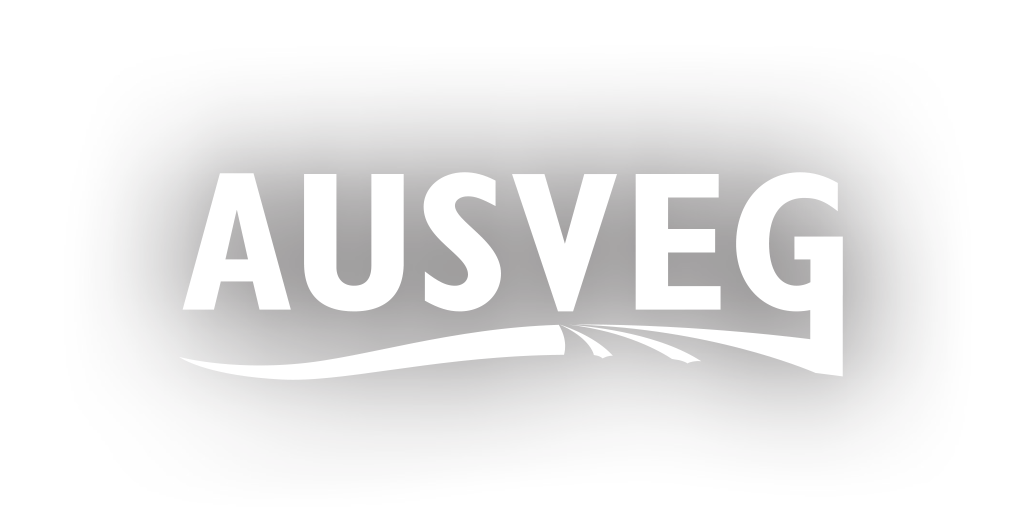Cold disinfestation of capsicum and chilli fruit from Queensland
Queensland fruit fly (Qfly) is often called Australia’s worst horticultural pest. Capsicums and chillies are particularly suitable hosts, so fruit grown in endemic areas must be treated to ensure they are Qfly free before sale in areas free of this pest – such as Victoria, SA, WA and export markets. Until recently the most common method of ensuring fruit were fruit fly free was postharvest treatment with dimethoate insecticide. However, this product has now been withdrawn from this use and growers must find an alternative method. Storage at 3oC or lower is widely used as a quarantine treatment against fruit flies for other fruit and vegetables. However, the method has never been tested for capsicums and chillies as they are tropical fruit, sensitive to the low temperatures required. Recent research has demonstrated that a hot water shower (HWS) can reduce cold sensitivity, allowing capsicums and chillies to be stored at suitably low temperatures for several weeks. The aim of this project was to develop a quarantine treatment against Qfly for capsicums and chillies, with and without the addition of a HWS (60 seconds at 55oC). Initial tests showed that there was no difference between green and red capsicums in either attractiveness to female Qfly or suitability for larvae development. Red and green capsicums, cayenne chillies and birdseye chillies could therefore be used to test which Qfly life stage (egg, 1st, 2nd or 3rd instar larvae) survived the longest during storage at 3oC. We then repeated the same tests but with the addition of a HWS. First instar larvae could survive longer at 3oC than any other lifestage, regardless of whether they were treated with a HWS. The HWS slightly reduced the storage time required to kill the larvae, especially for the older lifestages tested. Promisingly, around 50% of all larvae were killed using a HWS alone. No larvae survived when chillies and capsicums were stored for more than 7 days at 3oC. The treatment was then tested by storing larger volumes of infested capsicums and cayenne chillies at 3oC for 10 days. Eight trials were conducted, including two where fruit was HWS treated before storage. From survival rates in untreated fruit, it was estimated that at least 171,511 1st instar larvae were treated. No survivors were found from any of the trials. This demonstrated that 10days at 3oC provides an extremely high level of quarantine security against Qfly. Finally, HWS effects on fruit quality were tested in a commercial setting. Trials were conducted at AustChilli in Bundaberg with 6 chilli and 2 capsicum varieties. Fruit were stored for either 6 or 16 days. The HWS reduced rots and increased the number of marketable fruit, but did not fully compensate for the longer storage time. The exercise illustrated some practical difficulties with application of the method. The HWS is most likely to be useful where products are especially chilling sensitive or very long storage times are required.
